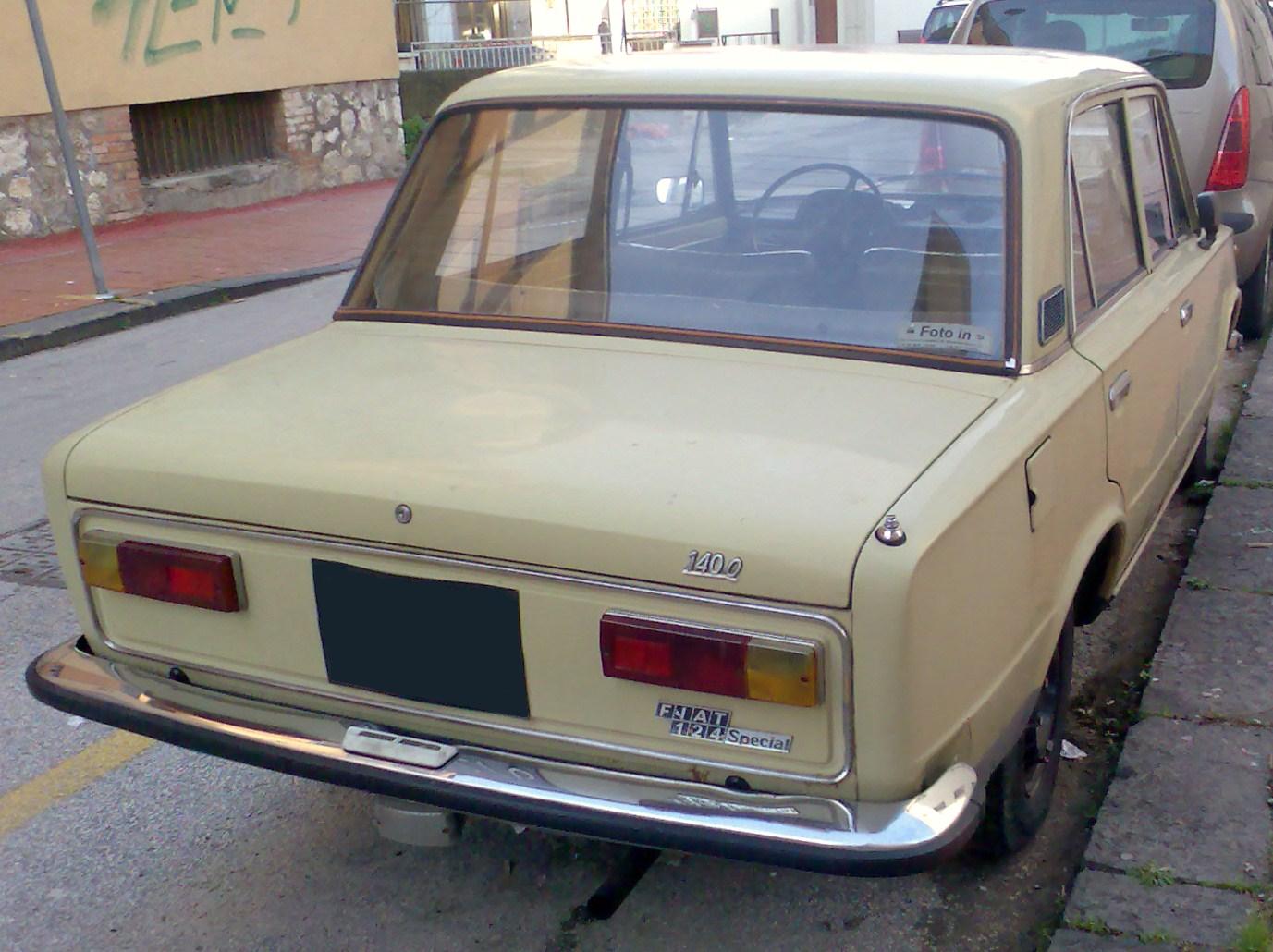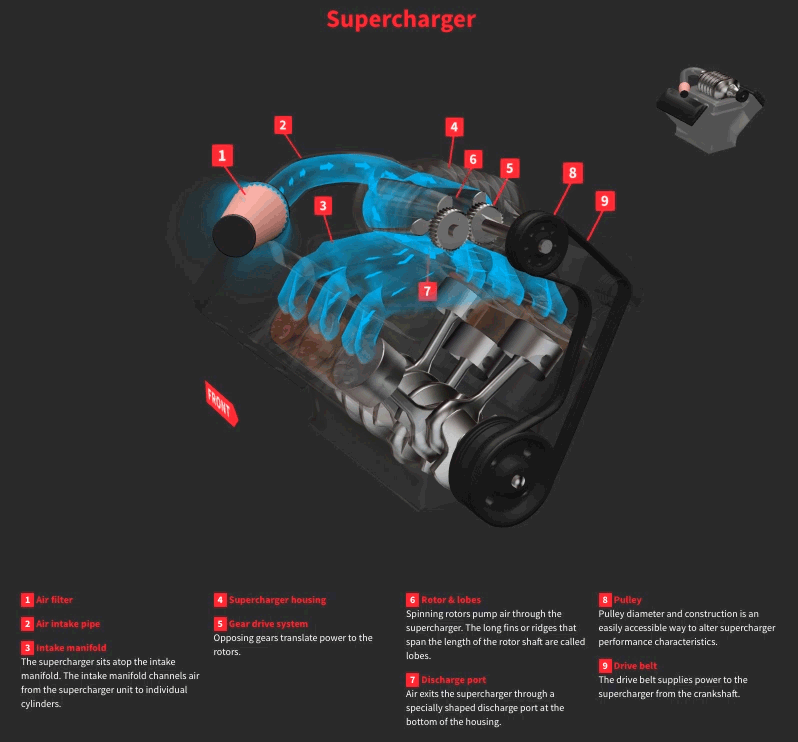|
Fiat 131
The Fiat 131 is a mid-size family car manufactured and marketed by Fiat from 1974 to 1984 after its debut at the Turin Motor Show#1974, 1974 Turin Motor Show. Available as a two-door and four-door Saloon (car), saloon and 5-door station wagon, estate across a single generation, the 131 succeeded the Fiat 124. The 131 was also marketed as the Fiat Mirafiori, after the Turin district where the cars were manufactured. Initially, the 131 was offered with 1.3 L and 1.6 L overhead valve engines and the range received revisions in 1978 and 1981. Production reached 1,513,800. Specifications The Fiat 131 used steel monocoque bodywork for its Three-box styling, three-box design and used a Front-engine, rear-wheel-drive layout, front engine, rear-wheel drive layout, where the Internal combustion engine, engine is Longitudinal engine, longitudinally front-mounted. The Transmission (mechanics), gearbox is directly behind the engine, and a tubular Driveshaft, propeller shaft, unde ... [...More Info...] [...Related Items...] OR: [Wikipedia] [Google] [Baidu] |
Fiat
Fiat Automobiles S.p.A., commonly known as simply Fiat ( , ; ), is an Italian automobile manufacturer. It became a part of Fiat Chrysler Automobiles in 2014 and, in 2021, became a subsidiary of Stellantis through its Italian division, Stellantis Europe. Fiat Automobiles was formed in January 2007 when Fiat S.p.A. reorganized its automobile business, and traces its history back to 1899, when the first Fiat automobile, the Fiat 4 HP, was produced. Fiat Automobiles is the largest automobile manufacturer in Italy. During its more than century-long history, it remained the largest automobile manufacturer in Europe and the third in the world after General Motors and Ford Motor Company, Ford for over 20 years, until the car industry crisis in the late 1980s. In 2013, Fiat S.p.A. was the second-largest European automaker by volumes produced and the Automotive industry, seventh in the world, while FCA was the world's eighth-largest automaker. In 1970, Fiat Automobiles employed more th ... [...More Info...] [...Related Items...] OR: [Wikipedia] [Google] [Baidu] |
Station Wagon
A station wagon (American English, US, also wagon) or estate car (British English, UK, also estate) is an automotive Car body style, body-style variant of a Sedan (automobile), sedan with its roof extended rearward over a shared passenger/cargo volume with access at the back via a third or fifth door (the liftgate, or Trunk (automobile)#Tailgate, tailgate), instead of a trunk/boot lid. The body style transforms a standard Three-box styling, three-box design into a Three-box styling#One-box and Two-Box design, two-box design—to include an Pillar (car), A, B, and C-pillar, as well as a D-pillar. Station wagons can flexibly reconfigure their interior volume via fold-down rear seats to prioritize either passenger or cargo volume. The ''American Heritage Dictionary'' defines a station wagon as "an automobile with one or more rows of folding or removable seats behind the driver and no luggage compartment but an area behind the seats into which suitcases, parcels, etc., can be loaded ... [...More Info...] [...Related Items...] OR: [Wikipedia] [Google] [Baidu] |
Fiat 124
The Fiat 124 is a small family car manufactured and marketed by Italian company Fiat between 1966 and 1974. The saloon superseded the Fiat 1300 and spawned station wagon, four-seater coupé (Fiat 124 Sport Coupé, 124 Sport Coupé), and two-seater convertible (Fiat 124 Sport Spider, 124 Sport Spider) variants. Fiat licensed numerous variants of the 124 for worldwide manufacture, including the Russian-built VAZ-2101 "Zhiguli (car brand), Zhiguli" and its many derivatives. Known as the Lada outside the Soviet Union, these Russian variants constituted the vast majority of 124 derived production, making it the fifth best selling Car platform, automotive platform in history. The 124 was superseded in its home market by the Fiat 131, launched in 1974. History As a clean-sheet design by Oscar Montabone, the chief engineer responsible for its development, the 124 used only the all-synchromesh gear box from the Fiat 1300/1500, Fiat 1500. The 124 featured a spacious interior, advanced co ... [...More Info...] [...Related Items...] OR: [Wikipedia] [Google] [Baidu] |
Automatic Transmission
An automatic transmission (AT) or automatic gearbox is a multi-speed transmission (mechanics), transmission used in motor vehicles that does not require any input from the driver to change forward gears under normal driving conditions. The 1904 Sturtevant "horseless carriage gearbox" is often considered to be the first true automatic transmission. The first mass-produced automatic transmission is the General Motors ''Hydramatic'' two-speed hydraulic automatic, which was introduced in 1939. Automatic transmissions are especially prevalent in vehicular drivetrains, particularly those subject to intense mechanical acceleration and frequent idle/transient operating conditions; commonly commercial/passenger/utility vehicles, such as buses and waste collection vehicles. Prevalence Vehicles with internal combustion engines, unlike electric vehicles, require the engine to operate in a narrow range of rates of rotation, requiring a gearbox, operated manually or automatically, to drive t ... [...More Info...] [...Related Items...] OR: [Wikipedia] [Google] [Baidu] |
Manual Transmission
A manual transmission (MT), also known as manual gearbox, standard transmission (in Canadian English, Canada, British English, the United Kingdom and American English, the United States), or stick shift (in the United States), is a multi-speed motor vehicle Transmission (mechanical device), transmission system where gear changes require the driver to manually select the gears by operating a gear stick and clutch (which is usually a foot pedal for cars or a hand lever for motorcycles). Early automobiles used ''sliding-mesh'' manual transmissions with up to three forward gear ratios. Since the 1950s, ''constant-mesh'' manual transmissions have become increasingly commonplace, and the number of forward ratios has increased to 5-speed and 6-speed manual transmissions for current vehicles. The alternative to a manual transmission is an automatic transmission. Common types of automatic transmissions are the Automatic transmission#Hydraulic automatic transmissions, hydraulic automatic ... [...More Info...] [...Related Items...] OR: [Wikipedia] [Google] [Baidu] |
Sofim 8140 Engine
The 8140 was a diesel engine made by Sofim for cars. Originally introduced as a swirl chamber, naturally aspirated diesel it was mostly used in commercial vehicles worldwide. At the time of introduction, the 8140's overhead camshaft layout (driven by a toothed timingbelt) was unexpected in a diesel engine, which were typically overhead valve designs. Turbocharging the original engine, the design of which was finished in 1974, was impeded until 1985 due to restrictions of the original design. Heat flux issues with the aluminium head and swirl chambers were eventually overcome, but did slow down development. Before entering the market, Fiat tested the Sofim engine in its 131 model during the 1977 London-Sydney Marathon. First direct injection models also appeared in the mid-1980s. Additionally to the Fiat designation 8140 some engines got a Renault tag (S8 for indirect injection, S9 for direct injection). 2.0 L version In the early beginning there was a four-cylinder , c ... [...More Info...] [...Related Items...] OR: [Wikipedia] [Google] [Baidu] |
Diesel Engine
The diesel engine, named after the German engineer Rudolf Diesel, is an internal combustion engine in which Combustion, ignition of diesel fuel is caused by the elevated temperature of the air in the cylinder due to Mechanics, mechanical Compression (physics), compression; thus, the diesel engine is called a compression-ignition engine (CI engine). This contrasts with engines using spark plug-ignition of the air-fuel mixture, such as a petrol engine (gasoline engine) or a gas engine (using a gaseous fuel like natural gas or liquefied petroleum gas). Introduction Diesel engines work by compressing only air, or air combined with residual combustion gases from the exhaust (known as exhaust gas recirculation, "EGR"). Air is inducted into the chamber during the intake stroke, and compressed during the compression stroke. This increases air temperature inside the Cylinder (engine), cylinder so that atomised diesel fuel injected into the combustion chamber ignites. The torque a dies ... [...More Info...] [...Related Items...] OR: [Wikipedia] [Google] [Baidu] |
Supercharger
In an internal combustion engine, a supercharger compresses the intake gas, forcing more air into the engine in order to produce more power for a given displacement (engine), displacement. It is a form of forced induction that is mechanically powered (usually by a belt from the engine's crankshaft), as opposed to a turbocharger, which is powered by the kinetic energy of the exhaust gases. However, up until the mid-20th century, a turbocharger was called a "turbosupercharger" and was considered a type of supercharger. The first supercharged engine was built in 1878, with usage in aircraft engines beginning in the 1910s and usage in car engines beginning in the 1920s. In piston engines used by aircraft, supercharging was often used to compensate for the lower air density at high altitudes. Supercharging is less commonly used in the 21st century, as manufacturers have shifted to turbochargers to reduce fuel consumption and increase power outputs, especially with reduced engine dis ... [...More Info...] [...Related Items...] OR: [Wikipedia] [Google] [Baidu] |
Fiat Twin Cam Engine
Fiat Automobiles S.p.A., commonly known as simply Fiat ( , ; ), is an Italian automobile manufacturer. It became a part of Fiat Chrysler Automobiles in 2014 and, in 2021, became a subsidiary of Stellantis through its Italian division, Stellantis Europe. Fiat Automobiles was formed in January 2007 when Fiat S.p.A. reorganized its automobile business, and traces its history back to 1899, when the first Fiat automobile, the Fiat 4 HP, was produced. Fiat Automobiles is the largest automobile manufacturer in Italy. During its more than century-long history, it remained the largest automobile manufacturer in Europe and the third in the world after General Motors and Ford Motor Company, Ford for over 20 years, until the car industry crisis in the late 1980s. In 2013, Fiat S.p.A. was the second-largest European automaker by volumes produced and the Automotive industry, seventh in the world, while FCA was the world's eighth-largest automaker. In 1970, Fiat Automobiles employed more th ... [...More Info...] [...Related Items...] OR: [Wikipedia] [Google] [Baidu] |
Straight-four Engine
A straight-four engine (also referred to as an inline-four engine) is a four-cylinder Reciprocating engine, piston engine where cylinders are arranged in a line along a common crankshaft. The majority of automotive four-cylinder engines use a straight-four layout (with the exceptions of the flat-four engines produced by Subaru and Porsche) and the layout is also very common in motorcycles and other machinery. Therefore the term "four-cylinder engine" is usually synonymous with straight-four engines. When a straight-four engine is installed at an inclined angle (instead of with the cylinders oriented vertically), it is sometimes called a Slant-4 engine, slant-four. Between 2005 and 2008, the proportion of new vehicles sold in the United States with four-cylinder engines rose from 30% to 47%. By the 2020 model year, the share for light-duty vehicles had risen to 59%. Design A four-stroke straight-four engine always has a cylinder on its power stroke, unlike engines with fewer ... [...More Info...] [...Related Items...] OR: [Wikipedia] [Google] [Baidu] |
Petrol Engine
A petrol engine (gasoline engine in American and Canadian English) is an internal combustion engine designed to run on petrol (gasoline). Petrol engines can often be adapted to also run on fuels such as liquefied petroleum gas and ethanol blends (such as '' E10'' and '' E85''). They may be designed to run on petrol with a higher octane rating, as sold at petrol stations. Most petrol engines use spark ignition, unlike diesel engines which run on diesel fuel and typically use compression ignition. Another key difference to diesel engines is that petrol engines typically have a lower compression ratio. History The first practical petrol engine was built in 1876 in Germany by Nicolaus August Otto and Eugen Langen, although there had been earlier attempts by Étienne Lenoir in 1860, Siegfried Marcus in 1864 and George Brayton in 1873. Design Thermodynamic cycle Most petrol engines use either the four-stroke Otto cycle or the two-stroke cycle. Petrol engines have also ... [...More Info...] [...Related Items...] OR: [Wikipedia] [Google] [Baidu] |










